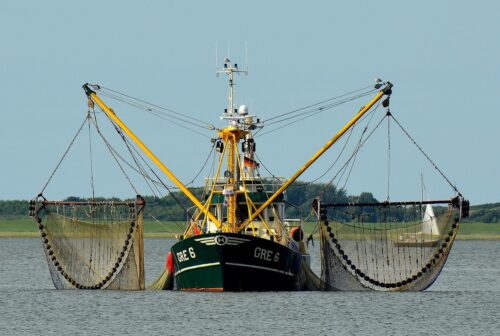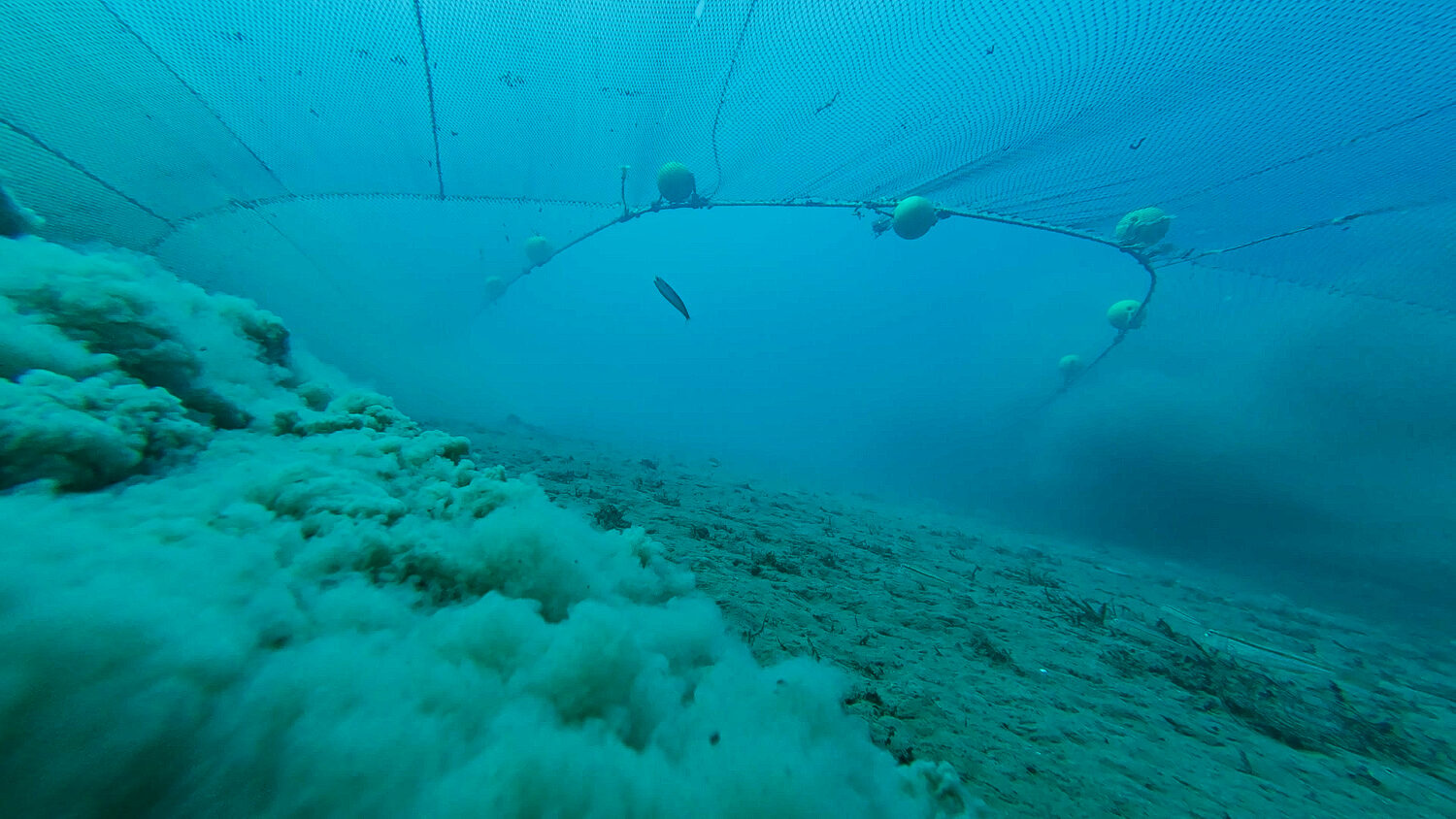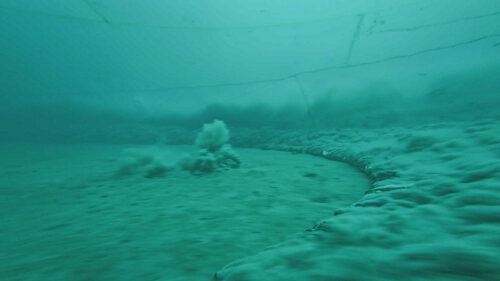
End Bottom Trawling in MPAs

What is Bottom Trawling?
Bottom trawling is an industrial fishing technique that involves dragging massive nets—some as wide as 240 meters—across the ocean floor to capture fish.
These heavy nets not only scour the seabed, devastating fragile marine ecosystems that may take decades to recover but also indiscriminately ensnare all marine life in their path. Imagine entire swathes of sea life, including dolphins, sea turtles, and corals, obliterated within minutes.
Shockingly, bottom trawling is permitted in over 80% of Marine Protected Areas (MPAs) in Europe and nearly all in the United Kingdom. Globally, while 8% of the ocean is under some form of protection, less than 3% is effectively shielded from damaging fishing practices like bottom trawling.

A Chain Reaction of Harm
Collateral Damage
Globally, four million tons of fish and marine mammals are unintentionally caught and killed by bottom trawling. This includes vulnerable species such as dolphins, turtles, whales, seahorses, octopuses, and sharks.
Ecosystems Threatened
The destruction caused by bottom trawling not only affects individual species, but also entire ecosystems. Without a diverse array of species, these ecosystems are less resilient and more vulnerable to collapse.
A Climate Catastrophe
Bottom trawling emits up to 370 million metric tons of planet-warming carbon dioxide into our atmosphere every year, roughly the same as running 100 coal-fired power plants. This practice is detrimental to both marine life and the climate.
Rising Food Insecurity
This harmful industrial fishing practice threatens global fish stocks and the livelihoods of millions of small-scale fishing communities that depend on them. In the Mediterranean, for example, 58% of all fish stocks remain overfished, largely because of bottom trawling, which makes it nearly impossible for family fishers to continue to feed their communities.
The Costs Far Exceed the Benefits
A study to measure the full economic cost of bottom trawling in Europe’s waters (the EU, UK, Norway and Iceland) shows that the damaging fishing practice imposes up to €10.8 billion in annual costs to society, largely due to massive carbon dioxide (CO2) emissions from disturbed seafloor sediments.
Subsidized Destruction
Bottom trawling often yields net economic benefits only thanks to hidden taxpayer-funded subsidies that keep the industry afloat. Worldwide, governments allocate US$22 billion annually to support the fishing industry in depleting our oceans.
Act Now to End Bottom Trawling
in MPAs
A bull-dozed forest is not protected. Neither is a trawled ocean.


Tell UK Leaders: Ban Bottom Trawling in Marine Protected Areas
Photos by David Taljat and Tess O’Sullivan / National Geographic Pristine Seas